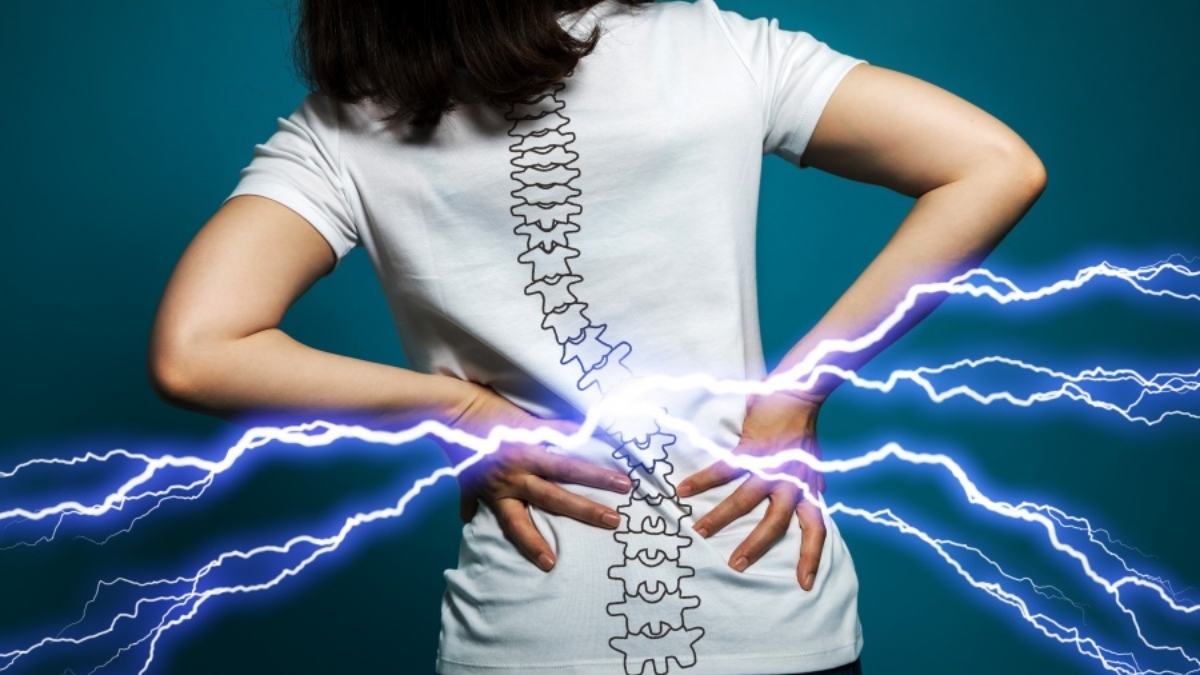


In India, 20 percent people of 16-34 age group are treated for back and neck conditions in India. The percentage of young population going for back pain treatment is the highest, whereas, 45% people neglect their pain for more than 7 weeks which results to delayed treatment. Seeing the prevalence, the question arises how does lower back pain happen? Our lower back has a complex structure and it’s made up of the five lumbar vertebrae – L1 – L5. These are held together to form a column, by muscles and ligaments. The lumbar spine provides support for the back and takes most of the weight of the upper body. Therefore, the lower back is more prone to back pain than the upper back because the lower part of the back bears the mechanical load.
Here are the 10 prominent causes of lower back pain, and some of them are connected to the spinal cord and nerves and others are linked to conditions:
TRAUMA OR INJURY:
Injury to low back and occur with small simple falls at home for example while walking down fast from the stairs or slipping in the bathroom. While road traffic accidents can cause very bad back injuries right from simple fractures to complete spinal cord injuries paralysing people.
Sports injuries often result in sprains and tears in muscles/ ligaments of the lumbar spine. More violent injury can cause an intervertebral disc to move out of its place like a toothpaste coming out of the tube and it creates pressure on the spinal cord.
BAD POSTURE
Stooping or bad posture is the next most common cause of low back pain. Most people tend to slouch, while sitting for long hours and even while watching TV they do not take proper lumbar support. Long hours of continuous sitting can cause abnormal strain on the disc and can weaken the spinal muscles leading to back pain.
DEGENERATIVE DISEASE
With age, our joints gradually deteriorate due to general wear and tear. The inter vertebral discs also similarly start to shrink and the nerve roots become strained. Even mobility of the spine is lost and it becomes stiff. In such a scenario, the spinal canal becomes narrowed, causing a serious condition where intense pressure on the spinal cord causes pain, numbness and difficulty walking called as neurogenic claudication.
VITAMIN D DEFICIENCY
Recognised to be another major cause for unexplained low back pain, vitamin D deficiency has come as an epidermic and can simply be treated by checking and confirming the low levels and proper exercise and supplementation of vitamin D.
ARTHRITIS:
Osteoarthritis and other type of arthritis including Rheumatoid arthritis and ankylosing spondylitis eventually affect our lower back. When arthritis occurs, it causes inflammation within the joints, erosion of cartilage and bone and consequent pain weakness of muscles.
REFERRED PAIN FROM ABDOMEN OR KIDNEY STONES.
When there is no structural or functional issue in the spine, still low back can happen due to referred in from Intra abdominal organs and kidney stones. Kidney stones can cause pain in the mod and lower back.
PREGNANCY.
Backache or back pain is quite common during pregnancy, especially in the early stages. When a woman conceives, the ligaments become softer and it starts getting stretched to get her all set for the labour. This can put a strain on the joints of your lower back and pelvis, which can cause back pain.
SPINAL TUMOURS
Many spinal tumours don’t have any symptoms but there are some that cause extreme back pain and neurological shortfalls including numbness and weakness. The location of the tumour in the spine plays a crucial role. It actually destroys the healthy tissue such as the vertebrae (bones) in the spine, leading to back pain. About 70% of spinal tumors are located in the thoracic spine, which is located in the upper and middle part of the body.
CAUDA EQUINA SYNDROME
This is a emergency condition in which ruptured disc presses on the spinal cord causing symptoms in the lower limbs, and sometimes the bowel and bladder. If untreated it can result in permanent neurological damage and needs urgent surgical intervention.